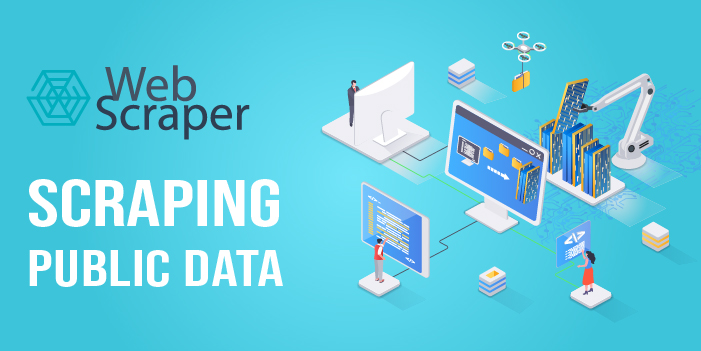While web scraping and web crawling are often used interchangeably, they refer to distinct processes that serve different purposes. Here’s an overview of the differences between web scraping and web crawling:
While web scraping and web crawling are often used interchangeably, they refer to distinct processes that serve different purposes. Here’s an overview of the differences between web scraping and web crawling:
Web Scraping:
Web Scraping:
Web scraping is the process of extracting specific data from web pages or online sources. It involves targeting and retrieving particular information from websites, such as product details, prices, reviews, or contact information. Web scraping focuses on extracting structured data from specific web pages and transforming it into a structured format, such as a spreadsheet or a database.
Key characteristics of web scraping include:
- Targeted Extraction: Web scraping is typically used to extract specific data elements or information from particular web pages. It involves identifying the desired data and using techniques like CSS selectors or XPath expressions to extract the relevant content.
- Data Transformation: Web scraping aims to convert unstructured or semi-structured data from web pages into a structured format that can be easily analyzed, stored, or processed. This often involves parsing the extracted data and organizing it into a consistent and usable format.
- Precision and Selectivity: Web scraping allows users to precisely select and extract the required data elements from web pages. It focuses on acquiring specific and relevant information tailored to the user’s needs.
Web Crawling:
Web crawling, on the other hand, is the process of systematically traversing and accessing web pages across the internet. It involves automated bots or crawlers navigating through websites, following links, and indexing the content they encounter. Web crawling is commonly used for data discovery, indexing, and building search engine databases.
Key characteristics of web crawling include:
- Broad Exploration: Web crawling involves systematically exploring multiple web pages, following hyperlinks, and indexing the content of visited pages. The aim is to discover and gather a wide range of information across numerous websites.
- Depth-First or Breadth-First Approach: Web crawlers typically follow a depth-first or breadth-first approach to traverse web pages. Depth-first crawling focuses on fully exploring one page before moving to the next, while breadth-first crawling aims to cover a broader range of pages by exploring multiple domains simultaneously.
- Indexing and Link Analysis: Web crawlers analyze the content of web pages, extract relevant information, and index it for later retrieval. Additionally, they analyze the link structure of websites, which helps determine page importance and facilitates efficient navigation.
In summary, web scraping is the targeted extraction of specific data from web pages, while web crawling involves the systematic exploration and indexing of web pages across the internet. Web scraping focuses on extracting structured data from selected sources, while web crawling aims to discover and index a wide range of content for purposes such as search engine indexing or data discovery.
